Media | Articles
Old Yeller, the 1946 Jeep, Has Been Making Memories For More Than a Half-Century
In the past few installments, I’ve written about my various dysfunctional sports cars—vehicles that I collect to enjoy today, but to also to harken back to periods of my youth when I cut my teeth on European sports cars. On a recent trip back to the family farm, however, I was confronted by a more influential old friend from the barn, arguably my first “sports” car, the family Willys Jeep, or Old Yeller, named for the 1957 movie about a stray dog.
I was six and it was 15 when we met. Like many small farms in the 1950s and ’60s, we had discovered that an old military Jeep or its civilian equivalent made for a great work vehicle. Granddad picked up ours in 1964 for a few hundred bucks, a 1946 CJ-2A made by Willys as a continuation of its military workhorse. I romantically embraced the idea that the parts in our Jeep were originally destined to be pressed into service for the World War II effort in 1945, but with Japan’s surrender that summer, those components were redirected to supplying the farm and commercial runabout markets.
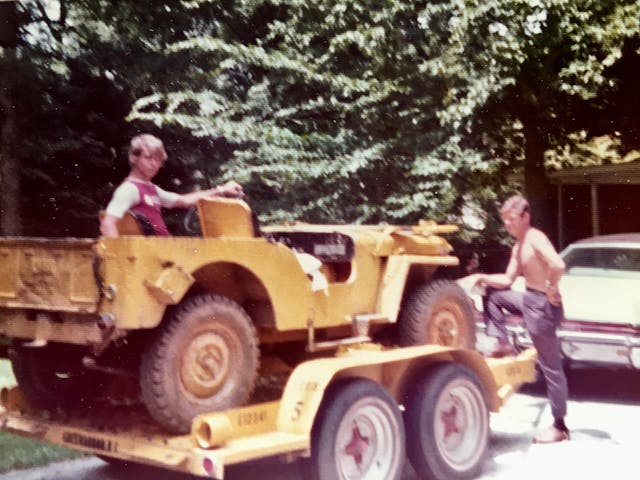

My generation of boys were raised in the shadow of WWII. If you wonder why Tom Hanks has such a keen interest in stories about that war (Saving Private Ryan and the Masters of the Air miniseries, to name two of his projects), it comes from the climate that saturated the early 1960s. Most of our fathers fought in the war, and our attics were full of their old military stuff. Our Boy Scout leaders had seen action, too, and had first-hand stories of their experiences that sometimes, late at night around the campfire after the Tenderfeet had gone back to their tents, we could coax out of them. Every small town had an Army surplus store where we could get our boots, jackets, canteens, and other goodies for pennies on the dollar to guild our middle-school style. I raced motocross using my Dad’s tall lace-up boots from his basic training in ’45. My after-school dirt bike swag was his waist-length sergeant’s jacket.
Heroes for my 20-year-old son may be Elon Musk or a musician whose name I would not recognize. For me and my friends, though, our heroes were uncles who fought under General Patton, or the local policeman who flew P-38s over France but won’t talk about it. The Willys was the ultimate war surplus souvenir, and its trademark sound can be heard in countless black and white war movies.
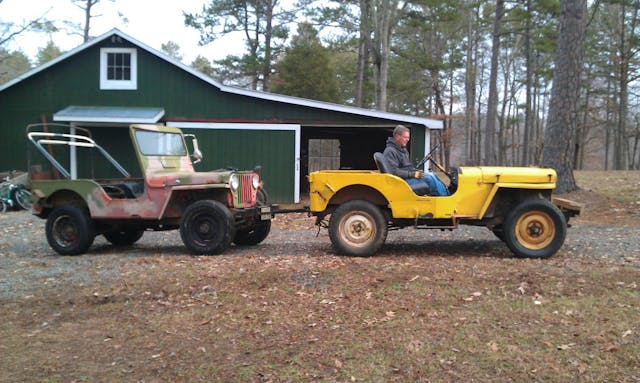
A brief side note, in an odd circle-of-life for me personally: It was the atomic bomb that ended WWII, and the one dropped on Hiroshima, Japan, called Little Boy, detonated on August 6, 1945. The uranium used in the Manhattan Project was reduced at the Canadian Radium & Uranium Company in Mount Kisco, New York, a facility that was adjacent to the company my grandfather owned. He and his workers (and my father, who hung out at the company as a child) were likely irradiated by the same source of neutrons that detonated over Japan. Thirty-five years after that terrible day, I was working in Hiroshima developing the first Mazda Miata in that remarkable city, working with the sons of men irradiated by the same uranium…
Marketplace
Buy and sell classics with confidence
Back to Old Yeller: My grandfather proudly said that the Willys could do 60 mph, a requirement for legitimacy in his mind. He even showed me the downhill section on the highway where that would happen, windshield laid flat and his head ducked down by the metal dashboard. This particular Willys had been knocking around the North Carolina countryside all its life, and what it lacked in miles traveled, it more than compensated for in abuse inflicted by neglectful owners. My grandfather the businessman, and my father the doctor, were destined to continue that mechanical neglect for this tough old goat, so I took it upon myself to become the Jeep’s caretaker. This largely meant that I (limited by lack of knowledge and my six-year-old frame) would be the one to check the air in the tires and brush on a new coat of yellow paint every so often. As I grew taller, I was allowed to peer into the engine compartment and eventually to tinker therein.
We all learned to drive on that Jeep; learned to slip clutches and to slam on brakes, learned about turning radiuses and shift levers. For that last one, the CJ-2A was the perfect teacher. With three black control rods poking out of the floorboard and all shift patterns hidden under multiple coats of paint, the Willys was a veritable laboratory of non-synchromesh gearchange experimentation. By the time we knew where each little black lever should be for forward motion, second gear had ceased to stay engaged and the remaining gear teeth were rounded off into submission. Still, it is the most indestructible machine I have ever known. Each of my children have learned, also at the age of six, to drive this contraption in our back field.
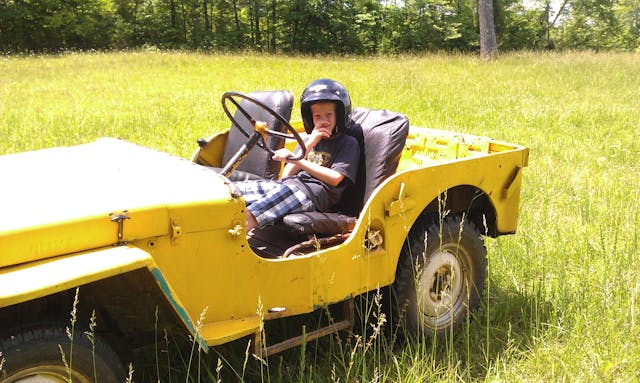
I remember as a young driving enthusiast pouring over the pages of Hot Rod and Road & Track looking for ways to apply speed tips and driving skills to our circus-pony of a Jeep. Having too few cylinders for the drag race crowd, and too truck-ish of a suspension for the sports car fans, the little yellow misfit was adept at all the wrong skills. However, we had one secret speed ingredient that the adult readers of those magazines could not match. We had our imaginations.
I paced-off exactly one quarter of a mile up the dirt road leading to the back pastures. That it was mostly uphill and included more than a few curves made no difference, as we began clocking our elapsed times with Dad’s old Hamilton wristwatch. With the poor little four-banger screaming its head off, valves afloat, we would race time itself just for the sake of the chase. As early “tuners,” we tried and tried to break the half-minute mark through various speed modifications: Kerosene in the gas. Oil in the gas. Air filter off. Athletic sock instead of an air filter (Mom loved that one). Clorox washdown on all four tires (the Hot Rod guys did it, who cares that we were not on pavement?). Windshield flat against the hood. Tailgate taken off (we were onto something there). Passenger seat taken out. Hood removed. Most memorable was me leaning over the engine, spraying starting ether into the carb as we ripped through the low-lying branches of the trees along the road. It was our Pep Boys version of a nitrous blast.
The Willys also transported us into other worlds as we pretended we were the cast of The Rat Patrol (a popular 60’s TV show about a Jeep-based attack squadron) as we rounded up our cows (we thought of them as German-infested VW Kübelwagens), by making large, tightening circles in the back fields, traumatizing tons of scampering beef-on-the-hoof at a time. We even learned that if you ram straight into a tall, dead pine tree hard enough, the top section of the tree will break off and land on your hood. This was a great way to collect firewood from the sky. Try that in your Range Rover.
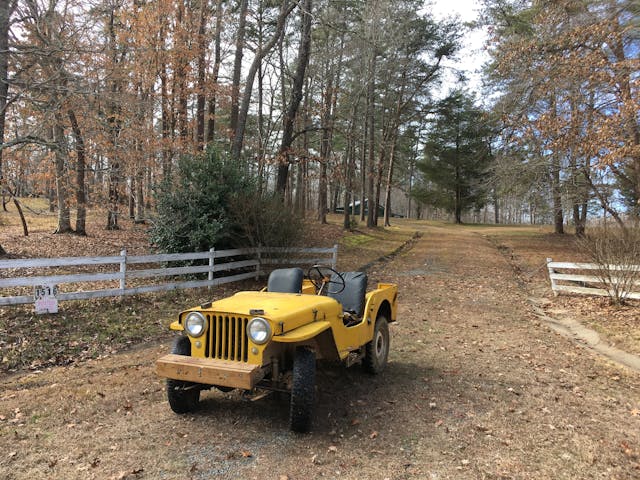
I can still remember laying a certain issue of Road & Track on the Jeep’s laid-flat windshield as I spent the day perfecting heel-and-toe, double de-clutch downshifts. Between my nine-year-old feet clad in Dad’s Army-issue lace up boots and the Willys’ large pedals, it was very awkward, but very satisfying. To this day I carry with me the habit of double clutching every downshift, the legacy of my teacher, Old Yeller.
I spent one summer carving out a mile-long motocross track for my dirt bike around the back pasture. I carefully included sandpits, high jumps and banked corners in anticipation of hours of motorcycle glee. It turned out to be a nice little track. Quite by accident, I found that the Jeep, in two-wheel-drive, was much more fun around that rough course than the bike was. Oversteering around the hairpins, getting air with all four wheels and then crashing down against the leaf springs and frozen shock absorbers: The Jeep had made it into the sports car realm of performance for at least one pre-teenager. Blasting down the back straight wearing my ski goggles, I was Fangio. Sawing the big steering wheel to counter my “power” oversteers, I was Jimmy Clark. For years, that old Jeep kept me entertained while it was teaching me something about balance and control of a four-wheeled vehicle.
It nearly killed me once, as well.
A friend and I were at the farm, driving too fast up and down the “drag strip.” It had rained a few days earlier and the red clay was dusty on top but nearly fluid an inch below the surface. Coming down the grade from the back field, we had picked up too much speed. One wheel hit a hole and the Willys began to skid to the right. I countersteered to catch the slide and was momentarily successful, but there was no traction. The Jeep pirouetted hard to the left as the two outside wheels began to plow up the mud. That sickening feeling arose in my belly as my inner ear started sending out alarms. The Jeep began to roll over and my friend, in a moment of clarity, jumped off the high side, landing clear.
Ever the optimist, I continued to fight the steering wheel as the roll progressed, foolishly refusing to give up. We had the windshield down as usual, and the last sight I remember was the upside-down view of the left front corner of the hood digging into the soft red clay as I looked on in disbelief. That image is as clear in my mind today as it was during that few-millisecond exposure 54 years ago.
From there I cannot recall what happened except for a loud noise booming around my head and leaves and dust being blown all about. I opened my eyes to darkness and then realized that I was lying on the dirt road, the Jeep upside down on top of me. The Great Hand of God had laid that Willys over in such a way that I was untouched. My legs were between the bucket seats, my torso was curled up in the Jeep’s rear cargo area, my blond hair was gently brushing against the tailgate.
Through the crack of light between the up-ended tailgate edge and the mud, I saw my friend’s feet come around and freeze behind the Jeep. I stretched a few fingers through the daylight slit and wiggled them, indicating that I had cheated death. My friend fiddled with the tailgate chain hooks, then rotated it upward, and I crawled out. The old goat of a machine was still running, somehow, and all four wheels and assorted driveshafts were exposed to the sky, like some grand science experiment. It was like a dream.
I sat on the side of a ditch while my friend went to find Dad. Upon arrival, he examined me and pronounced me to be unhurt, but stupid. My mother came walking up the back road with my sisters and froze at the sight of the overturned Jeep. Clutching her hands to her face, she began crying at the thought of what could have happened. I remember being angry at her for overreacting, but now, with children of my own, I realize that I would respond the same way to such a scene.

We brought out the tractor and the log chain, attached the chain to Old Yeller, and rolled it back over. The engine cranked, and we drove it to the barn. A broken windshield and a few more dings in the fenders were the only evidence of what could have been a potentially horrible situation.
I learned something about limits that day. Limits of traction, limits of control, limits of good sense. Since then I have had many great experiences with some very fast cars on wonderful race tracks and roads around the world, thankfully with no mishaps. I thank that Willys for drawing a clear line in the sand between having fun and going too far, and it’s a line that I know not to cross.
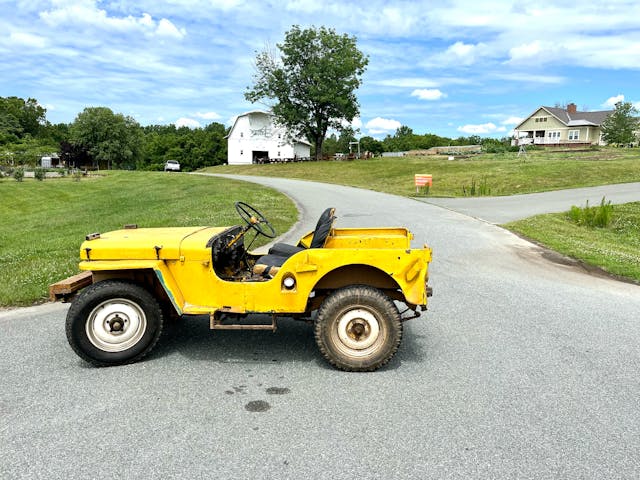
I took our Willys to a couple of car shows, and each time the old men in attendance flocked to it, first with a smile, and then with a pause. They would come up to it and find a way to lay a hand on its hood or fender, and, to a man, they would look downward and take on a thousand-yard stare. It pulled up something deep inside them, something most declined to talk about. These Jeeps are a touchstone for a generation of men who fought when the whole world was on fire, and that was not lost on me.
All of us loved this yellow machine in our own way and for our own reasons—loved it for the good times it gave us, for its unstoppable reliability, for its ability to take us to otherwise unreachable places around our farm. To draw the sports car parallel, it took us where passenger cars could not, making us glad that we had that particular vehicle at that certain place and time, evoking feelings of trust and affection for a bucket of bolts.
That’s the core of car love, no matter what your definition of a “special interest” vehicle might be.
Norman Garrett was the Concept Engineer for the original Miata back in his days at Mazda’s Southern California Design Studio. When he’s not curating his small collection of dysfunctional automobiles and motorcycles, he teaches automotive engineering classes at UNC Charlotte’s Motorsports Engineering Department, in Charlotte, North Carolina.
***
Check out the Hagerty Media homepage so you don’t miss a single story, or better yet, bookmark it. To get our best stories delivered right to your inbox, subscribe to our newsletters.

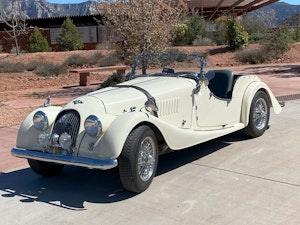
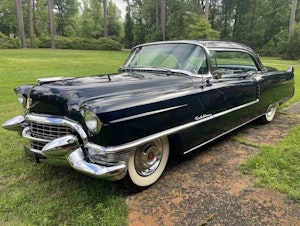

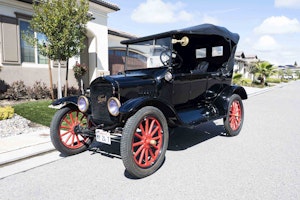
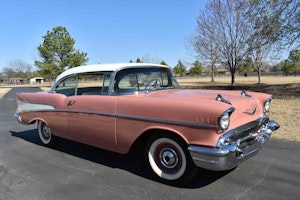

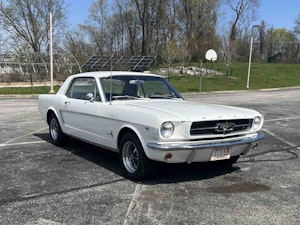
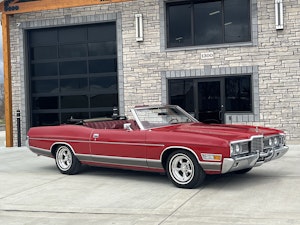
















I had one of these back in 1980-81. I put a camouflage paint job on it with Krylon spray cans. I didn’t get much work in 1981 and had to sell it. They can be a lot of fun on the Georgia Power utility roads.
Wonderful Story!
My first car at 16 was a ‘43 WWII Ford Jeep. Like the author writes, one can do stupid things with these vehicles. I never flipped mine but there are other things that one can do with them back then that I would never do today. Thanks for sharing your stories & reviving mine!
Great story. You’re a good writer.
We have the ’47 CJ2A that my father-in-law bought used in 1966, then sold to me 10 or so years ago. It has a an old fiberglass body that I repainted, but is mostly stock. It has a t90C trans and t-case from a 1966 CJ5, old Warn winch, and locking rear diff. To get into the off-road park by us requires seat belts and simple roll bar, so it has both. We rolled it a few years ago, with me and 3 passengers. Rolled over 2 times down a hill, and not a scratch on anyone. I still wake up sometimes in the middle of the night thinking about it and likely always will. So thankful it has a roll bar and seat belts.
I sold my 46 CJ2A to get debt free. I could have stuck it out a bit longer because I sure miss that fun toy. I regret it every time I hear a “Go Devil” 4 banger.
Very good story, my dad was a WW2 vet and loved CJ2A jeeps. He had two of them a 46 and a 48. The 48 was his last one and I restored it for him, he loved it.
My uncle was a vise cop in Puerto Rico and his job was busting moonshine distillers up in the hills. His government issued vehicle was a Willis surplus Jeep. He turned me to it in the same hills to learn to drive, no instructions just pedal description and go. I did not know how to shift or stop and promptly drove it into a creek. He laughed hard and told me to get it out if I wanted to get dinner. Learned how to drive then. Great classroom.
Not a Jeep, but my automotive learning experience was on Renault 4CV–a $300 purchase when it was 3 years old and I was 18. I learned to work on cars, including all the little querks that French cars seem to have. I also learned about swing axles, oversteer and a 31-69% rear weight bias when I went autocrossing. Out served me well for 14 years until I bought my BMW 2002–but that 4CV still graces my garage…after 61 years.
Even though I knew the author was writing about the accident I still cringed on what I might read next. Great writing and story!
please include paper handkerchiefs with stories like the jeep!
Only those who grew up in the aftermath of WWI will fully understand this story .
So many rural farms had these they seemed like they were everywhere .
From 1959 or so I lusted after a flat fender jeep as seen in those many low buck ‘rah rah’ WWII propaganda films like “Fighting Sea Bees” etc. .
I never did get an MB / CJ jeep but I did get a 1969 Jeepster in the late 70’s, it had the Buick V6 engine .
-Nate
Put a roll bar and seatbelts in Old Yeller before somebody isn’t as lucky as you when you flipped it. It’s one of the first things I did to my ’62 Willys CJ-5 when I purchased it in ’77. I still have it and my kids learned to drive in mine too. Grandsons up next.
If you are a car guy, and a Boomer, this one probably hits home. Great story.
Wonderful story! I can feel the emotion in each recollection.